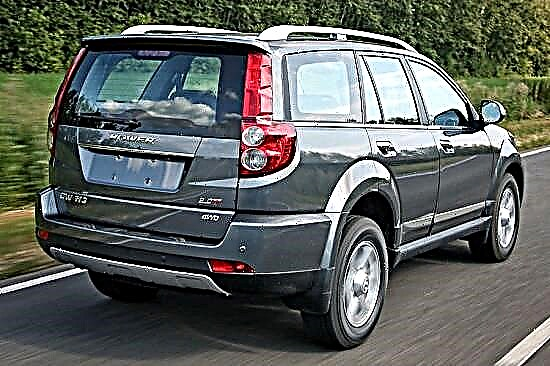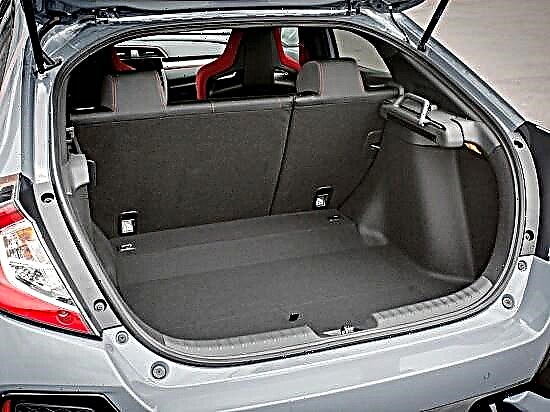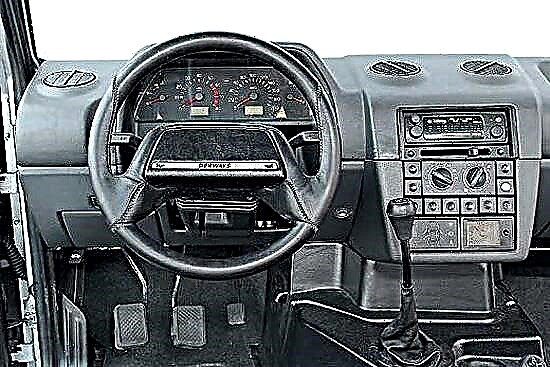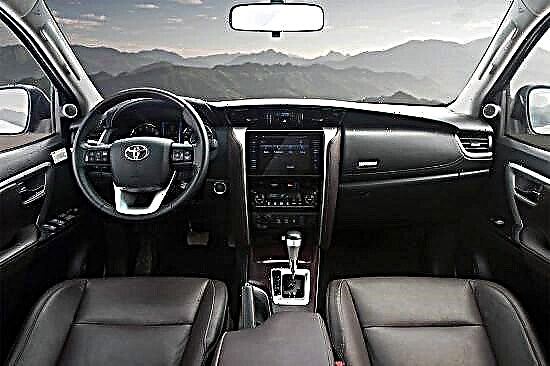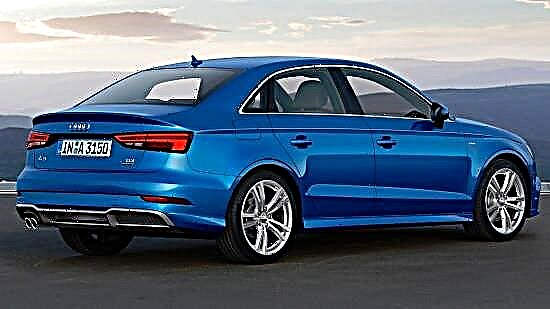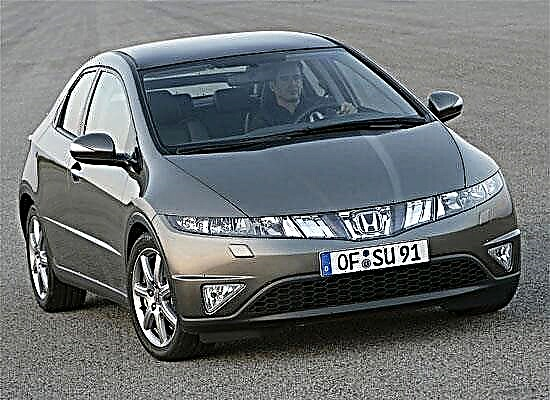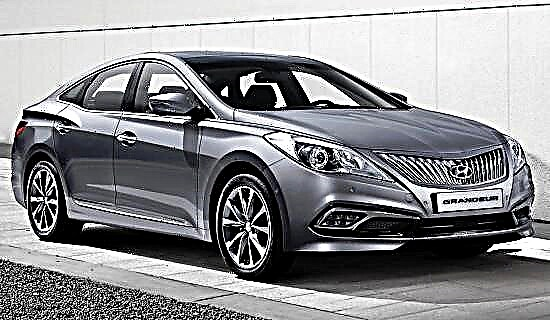Minivan Nissan Serena of the second generation (in-plant designation "C24"), which was transformed against the background of its predecessor both visually and technically, was born in the fall of 1998, at the same time its mass production was launched. In 2001, the car underwent a planned restyling, which introduced minor improvements to the exterior and interior, after which it was produced in Japan until 2005 (although in some countries it was kept on the assembly line until 2012).

The second incarnation of Serena is a five-door minivan with a seven- or eight-seater cabin organization, which is 4690 mm long, 1840 mm high and 1695 mm wide.

The vehicle has a wheelbase of 2860 mm and a ground clearance of 160 mm. In the "stowed" form, the single-volume container weighs from 1580 to 1720 kg, depending on the version.

On the 2nd generation Nissan Serena, three engines were installed, which worked together with a 4-band "automatic" or continuously variable variator, drive wheels of the front axle or an all-wheel drive transmission.
- Under the hood of gasoline cars were placed atmospheric "fours" with a volume of 2.0 liters with a vertical scheme, multipoint injection and 16-valve timing, generating 145-147 horsepower and 179 Nm of peak thrust in both cases.
- Diesel versions were equipped with a 2.5-liter turbocharged unit producing 150 "mares" and 280 Nm of torque.
"Serena" of the 2nd incarnation lies on a front-wheel drive chassis, which implies a transverse arrangement of the engine in the front end. The car has independent front and semi-independent rear suspensions - classic MacPherson struts and a curling cross member, respectively.
The minivan is aggregated with a rack and pinion steering center with a hydraulic power steering. At the front, the "Japanese" uses ventilated discs of the brake complex, and at the rear - drum mechanisms (ABS is present in the "base").
The positive qualities of the "second" Nissan Serena are a reliable design, a roomy interior with extensive transformation options, efficient engines, a comfortable suspension, a decent level of equipment and good looks.
Well, its disadvantages include the high cost of maintenance, the need to purchase many spare parts to order and the immodest fuel "appetite" for gasoline versions.

